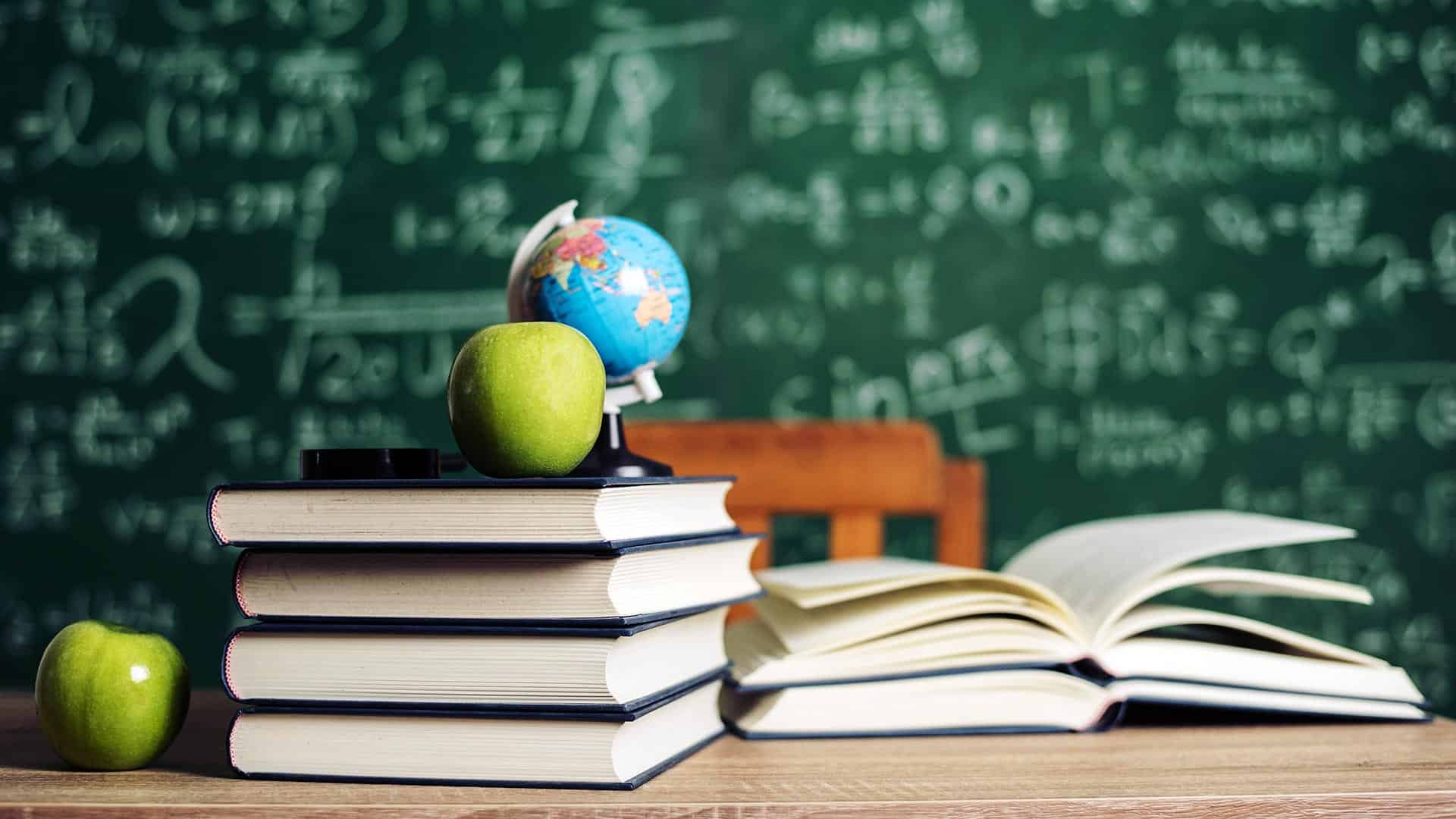Why do we not get the satisfaction out of humans? It’s because we’ve been educated to emerge as exact people in place of creative thinkers. Students with restless minds and bodies – far from being cultivated for their electricity and curiosity – are overlooked or stigmatized, with horrible outcomes. Children ought to be advocated to answer boldly and not be fearful of being wrong, due to the fact if you’re not organized to be inaccurate, you will by no means provide you with whatever is unique. If you are not prepared to be incorrect, by the time they become adults, most kids have lost that capacity. They have emerged as afraid of being mistaken.
Our schooling gadget is outdated and is primarily based on a hierarchy in which the most beneficial topics for an activity are considered the maximum essential and academic potential, which has come to dominate our view of intelligence because the universities designed the gadget of their photograph. The modern-day educational system vastly underestimates the energy of human creativity. More humans, highlighting the importance of two points that need to be targeted- technology and its transformation impact on paintings. Suddenly, degrees are no guarantee for accomplishing a task.
You want an MA where the previous process required a BA, and now you need a Ph.D. for the other. It’s a procedure of educational inflation. It suggests the whole structure of schooling is transferring underneath our toes. We need to reconsider our view of intelligence radically. Our training device has mined our minds in the way that we strip-mine the earth for a specific commodity and destiny it may not serve us. The truth is that no one likes exchange because it includes transferring from a role of comfort and moving into an unknown location.

As spectators, we like to sit at the fence and applaud correct ideas but refuse to exchange ourselves. Instead, we suppose we will journey it out, and it might not affect us by some means. We like to argue and continually focus on the negatives, pushing for choices to be made and then criticizing them. We tend to view the trade as a possibility to learn and grow. We have all skilled behavior like this ourselves; it is a herbal human reaction. It’s a bit simpler to peer it in others than ourselves, but in no way less, as soon as you may comprehend it, you can change it.
Governmental businesses and companies that support and sell satisfactory training for all children have to flow beyond traditional fashions to assist children in expanding the understanding, talents, and attitudes that can apply to their lives and elevate them out of poverty. Mastery of the basic primary faculty curriculum isn’t always a great approach for improving lifestyles probabilities and alleviating poverty in developing countries; that version is broken. It is time to seek out interventions that result in the finest social and monetary impact for the negative.
The twenty-first century will require information technology, no longer simply statistics transport, and colleges must create a “way of life of inquiry.” In the past, a learner became a young man or woman who went to high school, spent a lot of time in training courses, obtained passing grades, and graduated. Today we need to see inexperienced persons in a new context: The curriculum is not textbook-driven or fragmented. However, it is thematic, mission-based, and integrated. Skills and content are not taught as a result, but students analyze them through their studies and alertness in their initiatives. Textbooks, if they have them, are just considered one of many assets.
Knowledge isn’t always memorizing information and figures but is built through studies and application and linked to previous know-how, non-public revel in pursuits, skills, and passions. The skills and content are relevant and wished as college students require these records to complete their projects. The content material and basic talents are carried out within the curriculum and aren’t results. Assessment movements from regurgitation of memorized facts and disconnected processes to a demonstration of know-how thru application in an expansion of contexts. Real-global audiences, as is self-evaluation, are a crucial part of the evaluation method.
One of the principal boundaries I see is the sizable resistance to exchange among educators, policymakers, enterprise leaders, dads, moms, and even many students. There had been many movements to create a trade-in tutorial device, all fraught with conflict. Some modern-day efforts are looking to make change without actually changing – they’re trying to take attributes of the twenty-first century and force healthy them into the 19th and 20th-century approaches of designing and turning in education. It might not work! I think this will create alternative training, and all stakeholders must be on board.
We need to recognize, and our students need to apprehend, that we can not flow towards a vision of the future until we know the socio-historical context of where we’re now. Creating a picture of where we need to go requires us to invite the question – why? Where are we? What events led us to be which we are? How can this inform our improvement of a vision for the future and how we want to get there? A clear articulation of the motive of training for the twenty-first century is the place to start. What is the purpose of training? What do we want to do to accomplish that motive?
I agree with that when many mothers and fathers, and educators have added to the paradigm of schooling in the twenty-first century that it is so foreign to them that they robotically reject it – robotically and angrily! We are attempting to create a huge change in our society. Our project is to change the manner people consider training. I think previous efforts to develop trade throughout our complete community. Many movements have grown and succeeded in creating change in how people assume.



